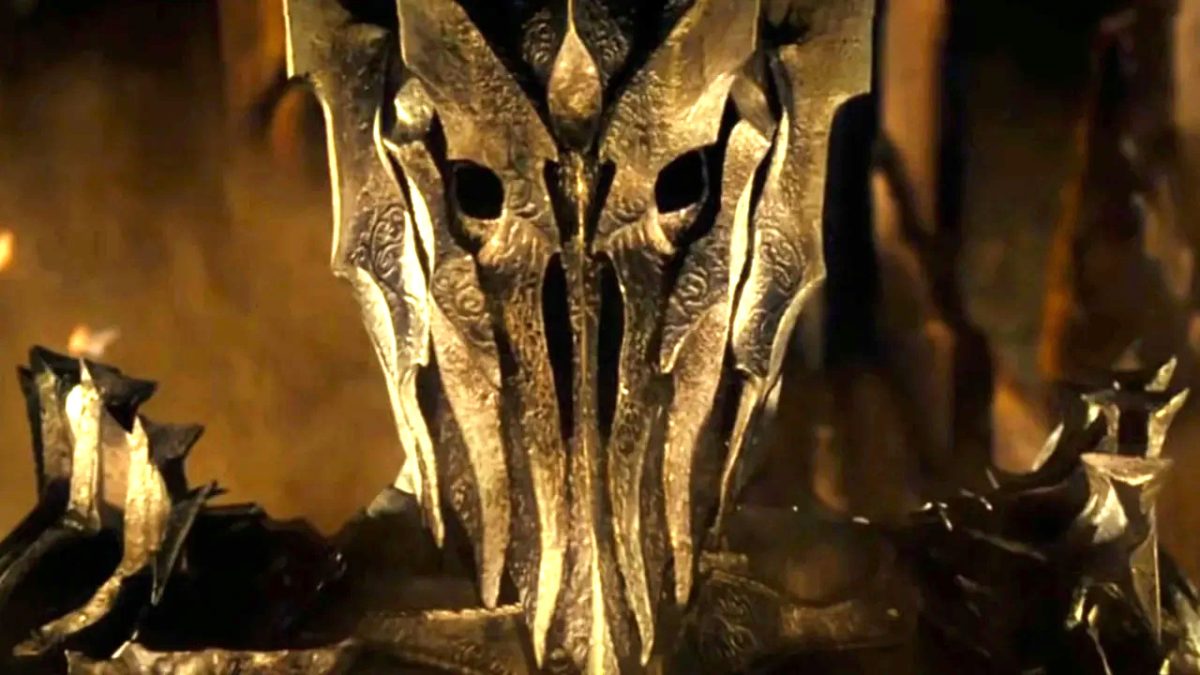Sequels are a tricky thing. By their very nature, their existence has to live up to certain expectations that an audience will have born from the very film they’re attempting to follow. For better or worse, a sequel has to give viewers a sense of familiarity or potentially lose their interest, and it’s a problem that has plagued – and will continue to plague – sequels for years to come. In essence, if a sequel takes no risks and treads too much of the same ground, audiences will condemn it for being too familiar, but if it strays too far off the beaten path, they’ll condemn it for not meeting what they expected.
There’s a reason, though, that we have sequels considered on par with or even better than their predecessors. Whether it’s Terminator 2, The Empire Strikes Back or The Godfather: Part II, the best sequels have succeeded because they know how to strike that perfect balance between satisfying what audiences expect and giving them something new that they never even knew they wanted until they got it. They use the familiar as a launching pad into the unexpected and unexplored, and by building logically on what came before, they feel like natural, vital extensions of a story worth being swept up in.
That said, there are always going to be films that don’t inherently need sequels, or even lend themselves to one. They work as a completely standalone effort, and to even try to follow them up with another film would require a lot of finesse. One such movie is 1987’s Predator, a sci-fi horror classic that hits its 30th anniversary this year and has stood the test of time because of its incredibly streamlined narrative and simple focus.
On the surface, it’s a film that seems perfectly in line with ‘80s action clichés – big, burly military men sent to kick ass with nothing but bullets and testosterone – but what has made it so timeless is its deconstruction of that very setup over the course of the film. These seemingly invincible products of the decade demonstrate their effectiveness early on only to have the titular alien hunter systematically make them out to be nothing more than chump change, the whole situation serving to spin the action genre on its head in a way that sidesteps parody and makes the Predator himself all the more terrifying.
Predator is an exercise in efficiency, a rollercoaster ride that thrives on thrills, but what it also subsists on is the strength of its mystery. Just like the characters at the heart of the film, so, too, is the audience caught up in wondering what’s going on, what the Predator even is, and what it wants.
In 1987, it was a complete surprise, and the movie itself had the patience to only dole out glimpses of the creature until its final act revealed it in all its Stan Winston-designed glory. But just like countless other horror icons of our time, whether it be Freddy Krueger or the Xenomorph or any other character who has been subjected to the franchise treatment over the years, once the reveal has happened and said scary figure has transcended to pop culture status, they’re never going to be quite as effective again.






